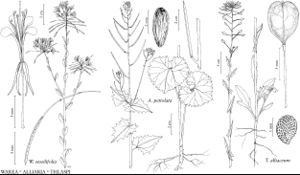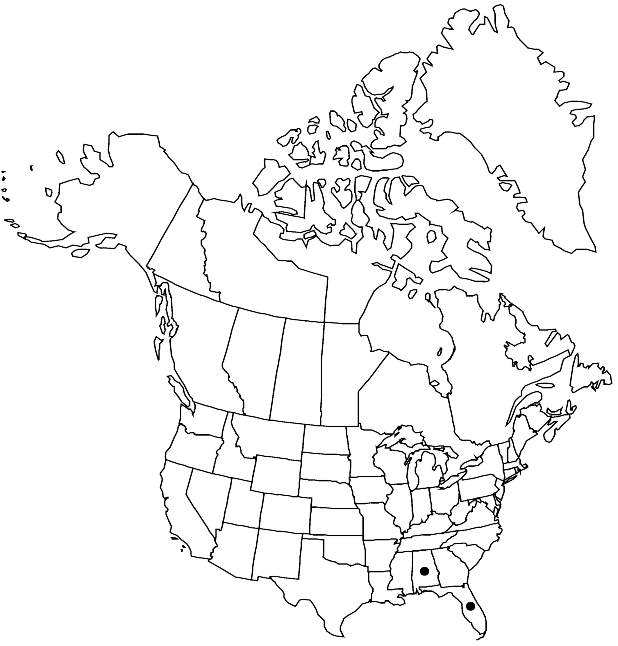Difference between revisions of "Warea sessilifolia"
Bull. Torrey Bot. Club 23: 101. 1896.
imported>Volume Importer |
imported>Volume Importer |
||
| Line 57: | Line 57: | ||
|publication year=1896 | |publication year=1896 | ||
|special status=Illustrated;Endemic;Conservation concern | |special status=Illustrated;Endemic;Conservation concern | ||
| − | |source xml=https:// | + | |source xml=https://bitbucket.org/aafc-mbb/fna-data-curation/src/2e0870ddd59836b60bcf96646a41e87ea5a5943a/coarse_grained_fna_xml/V7/V7_1307.xml |
|tribe=Brassicaceae tribe Thelypodieae | |tribe=Brassicaceae tribe Thelypodieae | ||
|genus=Warea | |genus=Warea | ||
Latest revision as of 22:31, 5 November 2020
Stems (sometimes stout), (1.5–)2.5–6.5(–8) dm. Cauline leaves sessile; blade ovate to lanceolate, (0.8–)1–2.5(–4) cm × 3–15(–30) mm, base not clasping stem, obtuse or, rarely, minutely auriculate (auricles to 2 × 2 mm, those proximally on robust plants rarely larger), apex acute to obtuse. Racemes 1–3 cm in fruit. Fruiting pedicels 9–12 mm. Flowers: sepals white or purplish, strongly reflexed, 6–7 × 0.4–0.7 mm; petals purple or pink, broadly obovate to suborbicular, 7–11 mm, blade 2–5 × 2–5 mm, claw 4–6 mm, minutely papillate, margins entire; filaments 9–15 mm; anthers 1–1.5 mm; gynophore slender, 10–16 mm. Fruits 2.5–4.5 cm × 1–1.5 mm; ovules 22–40 per ovary; style rarely to 0.5 mm. Seeds 1.2–1.5 × 0.9–1 mm.
Phenology: Flowering Aug–Sep.
Habitat: Sand hills, pine barrens, sandy pinewoods, scrub oak and pine, turkey oak hills
Elevation: 0-50 m
Discussion
Of conservation concern.
Warea sessilifolia is widespread in the Florida panhandle; in Alabama it is known only from Pike County.
Selected References
None.

